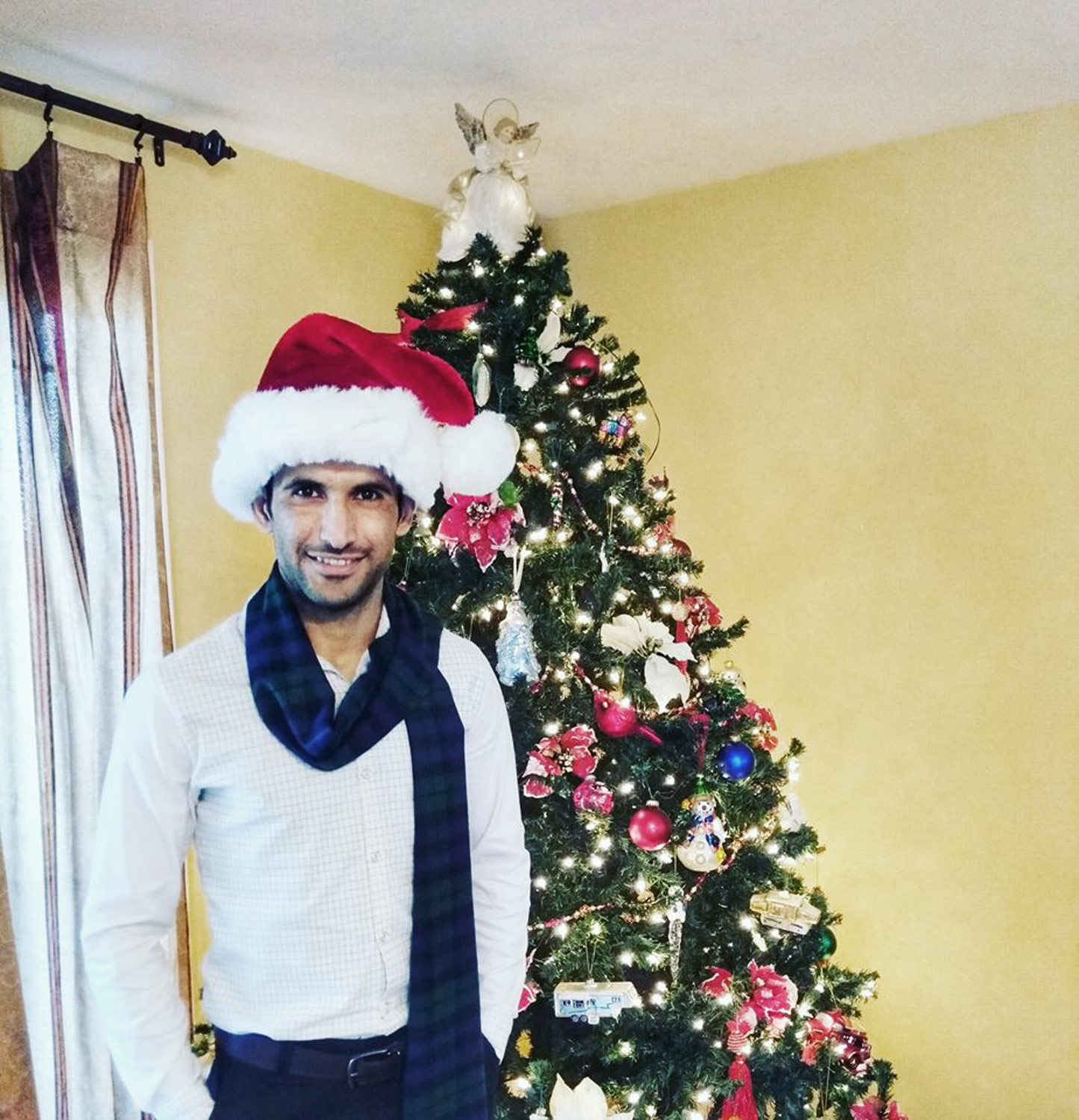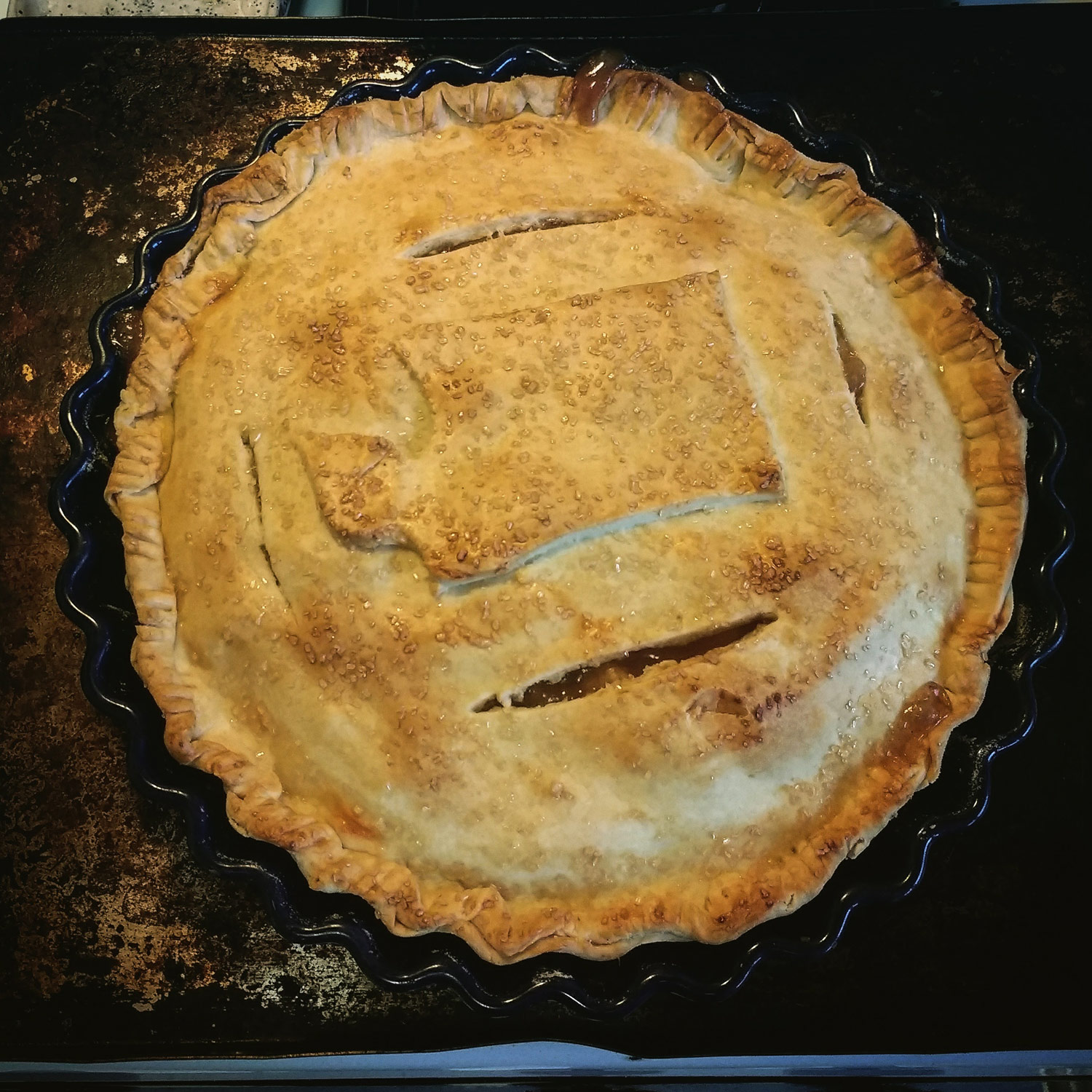HBM119: An Episode of Pebbles and Twigs
/Image by Jeff Emtman
The end of our seventh season draws near! Just one more episode until we hang up our podcasting hats for a few months. We don’t want you to miss us too much though, so on this episode, we’re tying up some loose ends, answering some questions, and sharing ways that you can stay connected with us even when our podcast feed is quieter.
Content Note:
Sexual references and bodily injury
Five ways to help us out this summer
HBM Summer Art Exchange. You like to make art? You like to get art? Exchange something with a fellow HBM listener. All you have to do is fill out this form. It’s free (well, except for postage).
Merch. Did you know that we have HBM shirts, stickers, art prints, books, sweatshirts? Already have those? Fear not, we’re working on a something new for next season.
The VOICE Hotline Dataset. In 2017, Jeff FOIA’d Immigration and Customs Enforcement (ICE) for the records of the calls made to their VOICE hotline. The (heavily redacted) spreadsheet contains 5,164 calls with many pieces of metadata for each call record.
Google Sheets Version. This is a version that we’ve cleaned up a tad, added some useful analysis to. You can view and comment collaboratively here.
CSV Version. This is a version that you can use offline in software like Excel and Tableau.
ICE FOIA LIbrary Version. This is straight from the source. Our FOIA is listed under Reports → VOICE Log: Apr. 2017- Oct. 2017
Super Secret Facebook Group. We have a top secret Facebook group. If you want to be a part of it, just find it. That’s the only test to get in.
Voicemail Line. Call us anytime. Tell us your stories or record strange sounds, or ask us questions. We love it when you call. Our number is (765) 374-5263.
More reporting about the VOICE Hotline on Splinter and the Arizona Republic.
Many thanks to the data scientist Ahnjili Zhuparris for the help with the VOICE dataset. She created a whole slew of data visualizations for us here.
Producer: Jeff Emtman
Editor: Jeff Emtman
Music: The Black Spot
Country of Birth data from the VOICE FOIA dataset. Visualized by Ahnjili Zhuparris.









